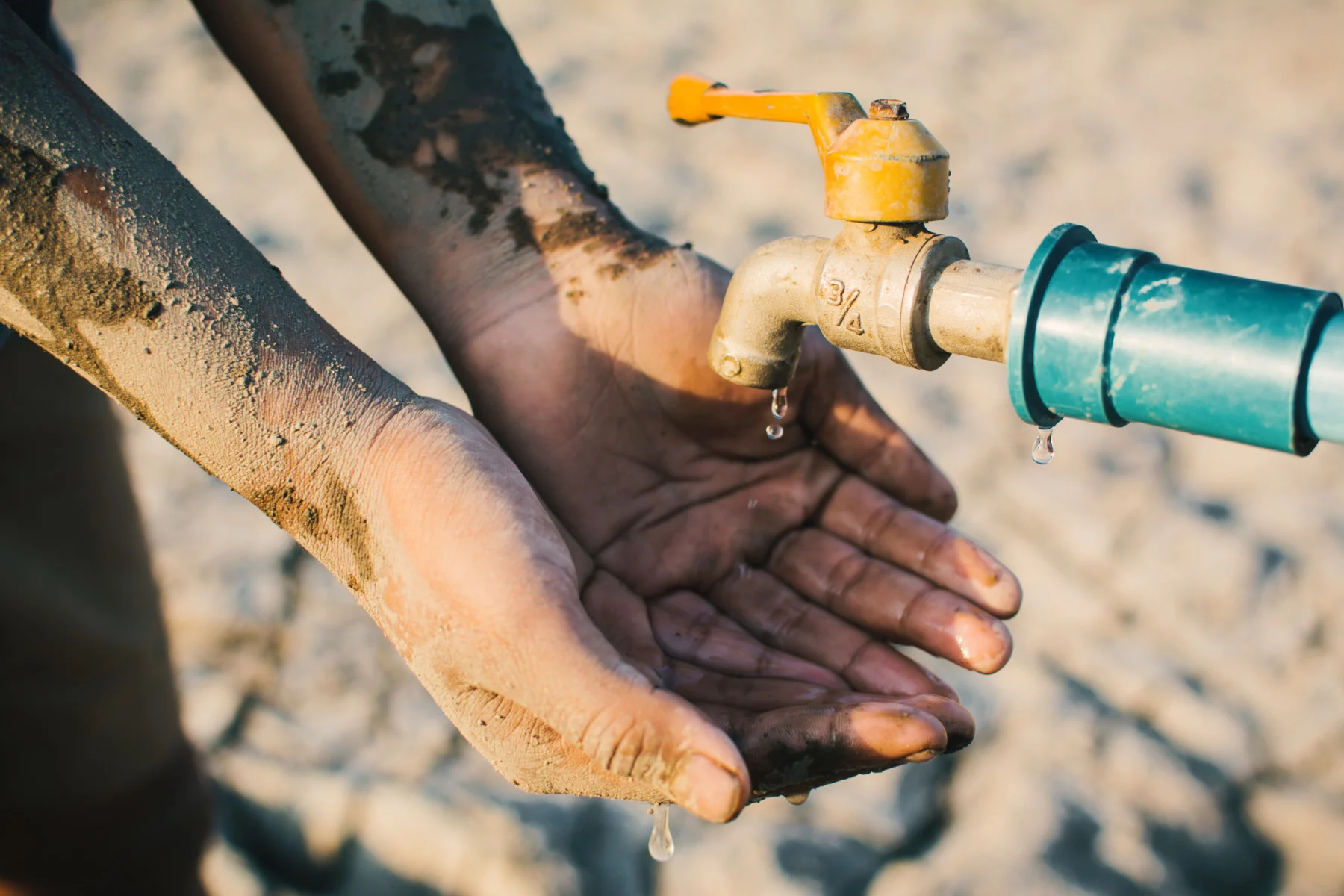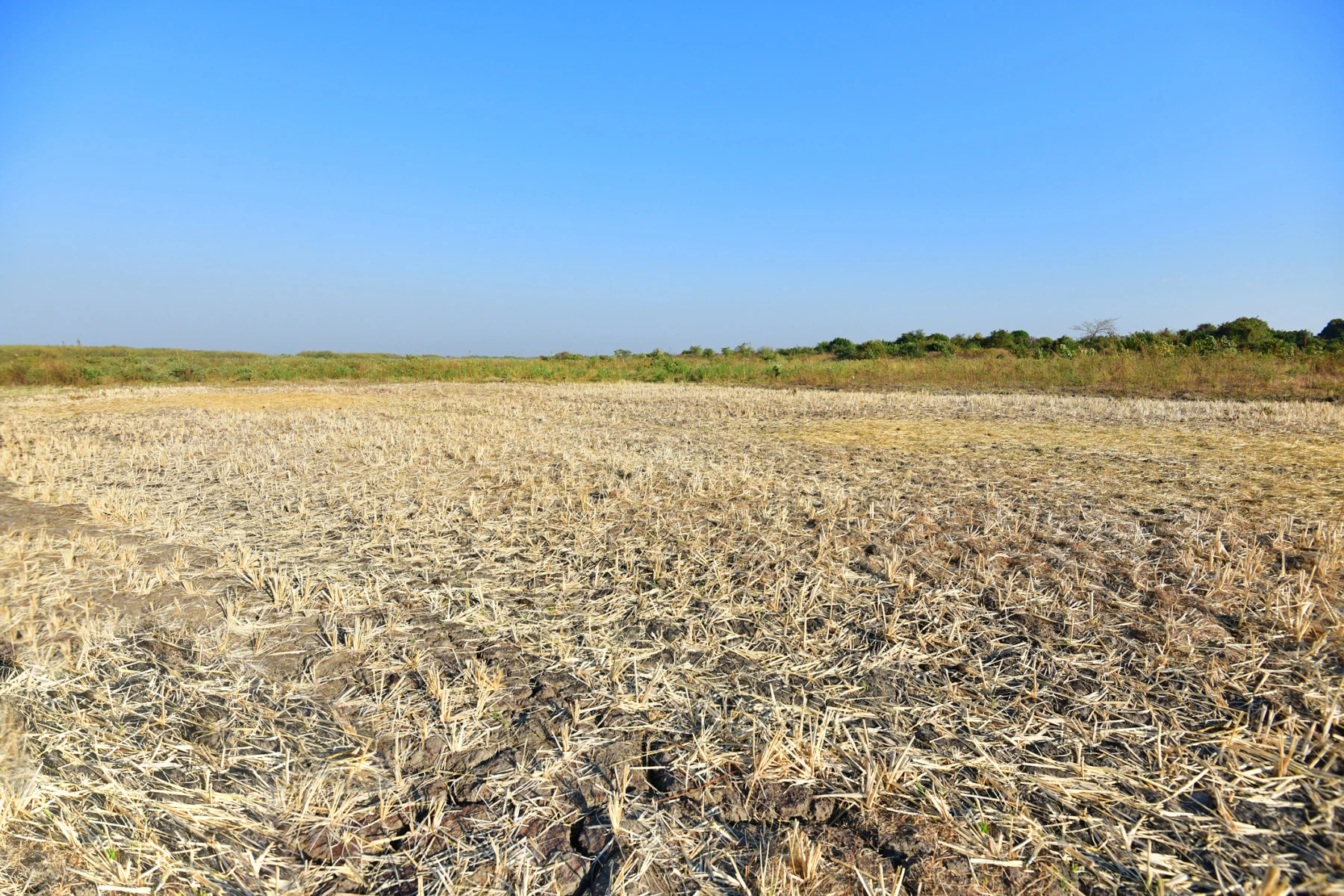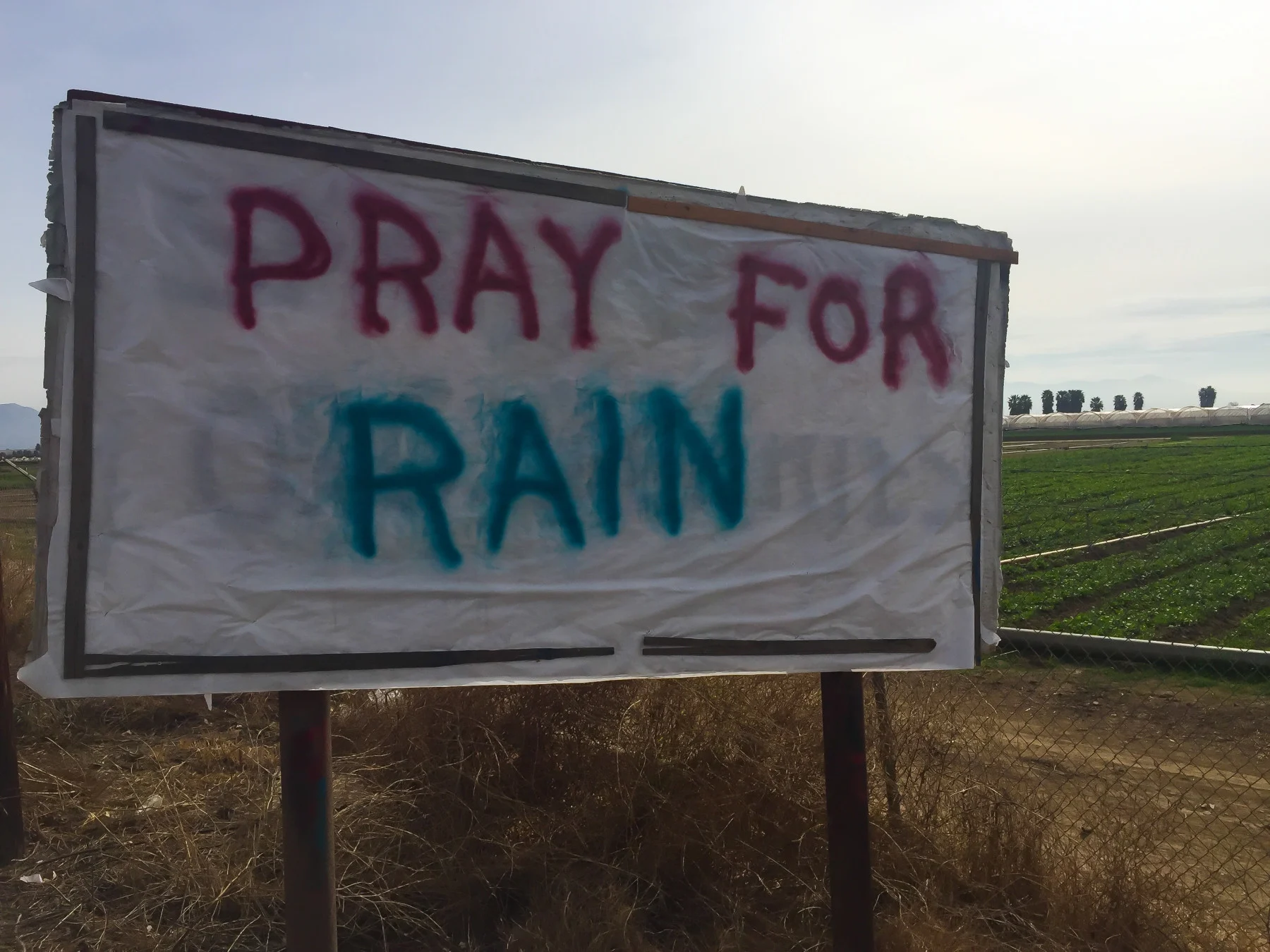
Droughts, flooding, and water scarcity on the rise as the world warms
Climate change is at the root of an impending water crisis, according to an alarming study.
A water crisis is looming because of climate change, a new report warns. Floods and droughts are increasingly on the rise, and the number of global citizens facing water scarcity is expected to soar. Meanwhile, management, forecasting, and financial solutions are thought to be gravely “insufficient”.
The report, The State of Climate Services 2021: Water, has suggested that by 2050 more than five billion people will have inadequate access to water at least once monthly, up from 3.6 billion in 2018.
Climate change has influenced “global and regional precipitation changes, leading to shifts in rainfall patterns and agricultural seasons,” stated World Meteorological Organization Secretary-General Professor Petteri Taalas. This has had a “major impact on food security and human health and well-being.”
“Lack of water continues to be a major cause of concern for many nations,” said Taalas.

Cracked soil in a paddy field in Tanzania during the dry season. (Michele D'Amico/ Moment/ Getty Images)
Many regions, especially those at low latitudes, are undergoing climate-related losses to their water supply, according to the report, with the world’s water security at stake.
Canada may be particularly challenged regarding security over domestic water resources.
“The most serious near-term impact at a global scale is water scarcity as an amplifier of regional instability,” Miriam Diamond, Professor of Earth Sciences at the University of Toronto, told the Weather Network.
“It’s not a coincidence that many water-scarce and climate impacted areas of the world are experiencing geo-political strife as resources become scarce—people who are at risk of famine due to crop failures” and the conflicts that result.
“People who are displaced and who become desperate refugees,” said Diamond.
Written by the World Meteorological Organization, in conjunction with numerous international groups, the report noted an increase over the last two decades in floods and droughts, globally. Over that time span, flooding disasters have seen a rise of 134 per cent, while worldwide incidences of drought have increased by almost a third.
“This past year has seen a continuation of extreme, water-related events,” said Taalas. “Millions of people were displaced, and hundreds were killed.”

This sign, outside farm fields in Oxnard, California, was photographed on January 6, 2018. There had not been any rain in many months. Two days later, on January 8, prayers appear to have been answered. It rained. (Patricia Marroquin/ Moment/ Getty Images)
In Canada, the last decade has seen some of the nation’s worst-ever floods, like the 2013 flooding in southern Alberta and the floods in Manitoba and Saskatchewan two years earlier. Drought-related wildfires, like those that destroyed the town of Lytton, B.C., this summer, have become prevalent.
“A very real and critical impact felt this year in Canada,” stated Diamond, “are forest fires from forests and landscapes that had been hitherto wet such as in B.C. And crop failures or diminished crop yields as in the prairies.”
Longer term problems in Canada could include “safe drinking water supplies, especially in water-scarce regions of the Prairies and even parts of central Ontario that rely on groundwater,” said Diamond. “We also have concerns about flooding because water is not just about averages, but about storm deluges at some times and too little at other times.”
The report called for an urgent response to the impending crisis, but it was not all doom and gloom, and highlighted numerous potential solutions and a path forward. It promoted a global ramping-up of Integrated Water Resource Management (IWRM), a process aimed at equitably and sustainably enhancing social welfare through “coordinated development and management of water.”
It also offered strategic policy recommendations, such as investment in flood early-warning systems, filling in the data gaps, and increased cooperation between global stakeholders.
The report warned, however, that a majority of national meteorological offices do not yet have the capacity to offer necessary services for water, especially considering forthcoming climate related changes; and more than 100 countries are not on track to adequately manage their water resources by 2030.
“Very much agree with the lack of integration and coordination of planning for and adapting to climate extremes,” Joseph Desloges, Professor of Geography and Planning at the University of Toronto, told The Weather Network. “You need to know ‘what’ changes are happening/could happen, before it is possible to develop effective Integrated Water Management approaches.”
What’s more, billions of people continue to live in water-stressed nations that lack even basic hygiene and sanitation services.
“The global situation will become more perilous in water scarce regions as people literally fight over water and food, and perish from malnutrition and water insufficiency,” warned Diamond. “Water insufficiency also means insufficient water for hygiene—lack of hygiene is a major killer of people worldwide and especially in low income countries.”
“Water management is also about water quality,” said Diamond. “Even in Canada, we have concerns about poor water quality in water scarce regions.” She added, “Water and climate stress go hand-in-hand. They can't be separated.”
Thumbnail credit: Sawitree Pamee/ EyeEm/ Getty Images






